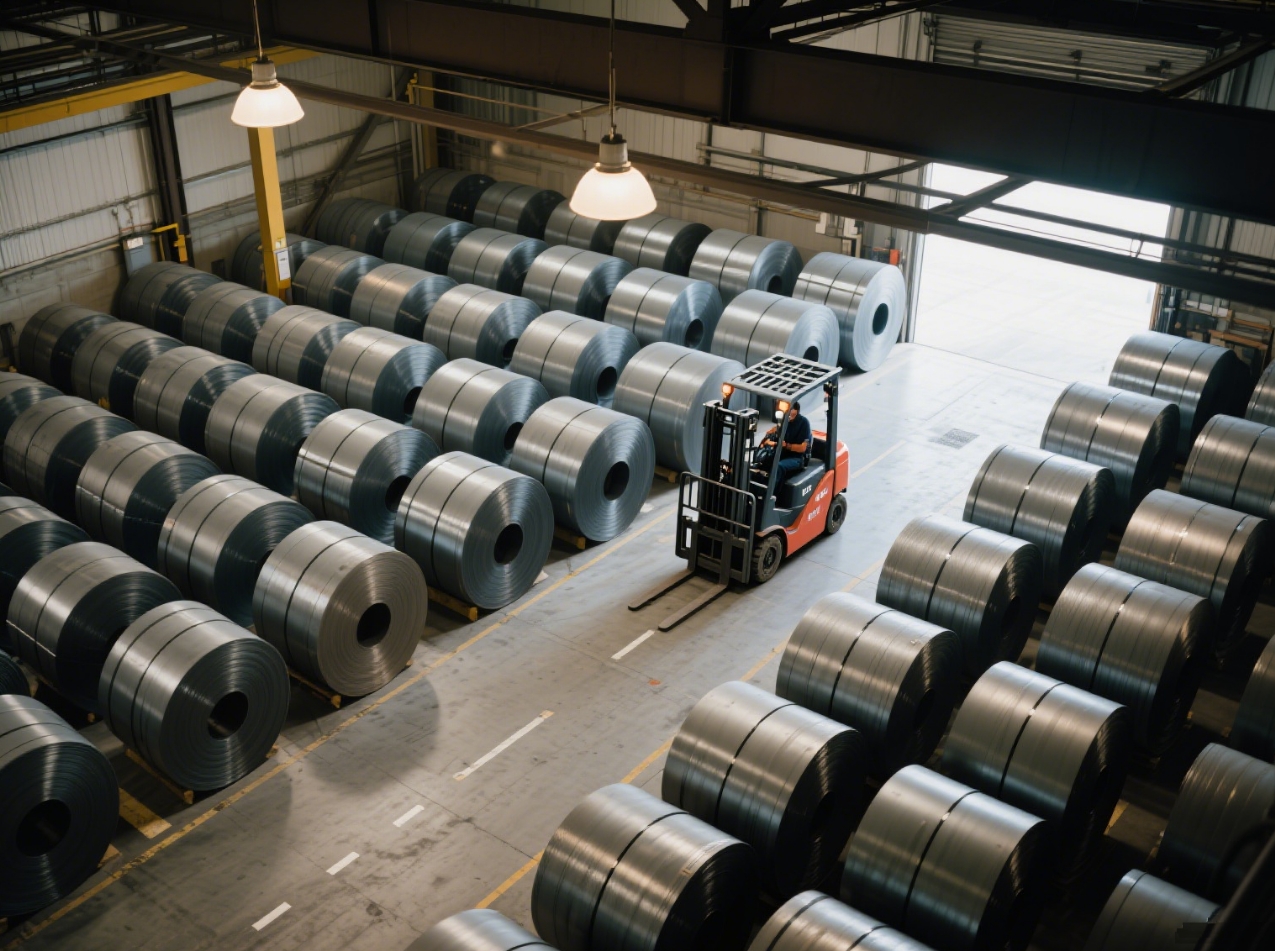Steel coils are among the most commonly exported steel products globally. Due to their heavy weight, large volume, and susceptibility to damage, sea transportation is often the most economical and practical option. However, exporting steel coils by sea involves a number of complexities and requires careful planning and execution.

|
Key ConsiderationsProper Packaging: Steel coils must be securely packaged to prevent rust, corrosion, and physical damage during transit. Common packaging includes Waterproof wrapping,Wooden or steel base and Steel strapping. Stowage and Securing: Coils are heavy and can shift during transport, causing damage or even safety hazards. Proper stowage is crucial. Use of dunnage to prevent slipping and damage; Securing with lashing equipment; Avoid stacking other cargo on top. Common Challenges:Weight and Handling Constraints: Steel coils are heavy and require specialized lifting equipment. Not all ports have the capacity to handle large coils.Solution: Confirm port capabilities and equipment availability in advance.Corrosion and Moisture Damage: Moisture exposure during transit can cause rust, especially in humid climates or long voyages. Solution: Use desiccants, proper ventilation, and moisture-proof packaging. Customs and Regulatory Compliance: Each country has different import regulations for steel products, including tariffs, quotas, and anti-dumping duties. Solution: Consult with customs brokers or legal experts to ensure compliance. |
|
Some shipping companies may have the following additional requirements (taking the Southeast Asia route as an example):
- Photos must be provided during the loading process and after the container is fully loaded.
- An accurate declaration of the weight and number of each steel coil is required.
- The container used for loading steel coils must be at least 5 years old.
- The weight of each coil, including anti-slip materials and other packaging, must not exceed 5.5 tons.
- A survey report issued by a third-party inspection agency is required.
Exporting steel coils by sea is a complex but manageable process. With proper planning, packaging, and logistics arrangements, and by understanding the challenges and taking preventive measures, risks can be significantly reduced and successful delivery can be ensured.

